'A hotspot for germs' – 6 effective ways to keep your kitchen sponge sanitized to prevent bacterial buildup that could otherwise make you sick
Keeping cleaning tools clean is a must to avoid illness, experts warn

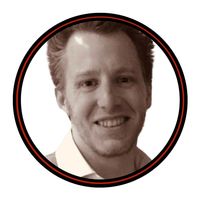
Your kitchen sponge might be a small tool, but it can harbor more bacteria than you’d imagine. Constant exposure to food particles and moisture makes it a hotspot for germs, which can easily spread to your dishes and countertops.
Luckily – whether you prefer natural solutions or commercial alternatives – there are six easy methods to disinfect your sponge and keep it fresh.
When it comes to cleaning your kitchen, start with the sponge and these simple ways to get it sparkling.
1. In the microwave

Microwaves can be powerful disinfecting tools. Just be sure your sponge does not contain any metal elements of fibrer, first.
Microwaving your sponge is a fast, efficient method to kill bacteria before you notice the signs it's time to replace your kitchen sponge. The intense heat generated in the microwave penetrates the sponge’s fibers, eliminating most germs in just a minute or two.
Vanessa Bossart, owner of GreenTerra Cleaning Service, says, 'Perhaps the most surprisingly effective method for cleaning your sponge is microwaving it. To do this, first ensure it is completely wet, because because a dry sponge can catch fire in the microwave.
'Place your damp sponge in the microwave and heat it on high for one to two minutes. The high heat eliminates bacteria and helps reduce unpleasant odors. Let it cool before handling, as it will be very hot.'
To ensure your safety, never microwave sponges with metallic scrub pads. For more tips, check out these common kitchen items you can and can't microwave.
Design expertise in your inbox – from inspiring decorating ideas and beautiful celebrity homes to practical gardening advice and shopping round-ups.

Vanessa Bossart recommends these ergonomic and functional Scrub Mommy sponges, which come in a pack of three and are safe to use on more than a dozen surfaces including glass, chrome, leather and stainless steel. She says, 'I love this sponge because it holds up well in the microwave and resists odors better than traditional sponges.'
2. In the dishwasher
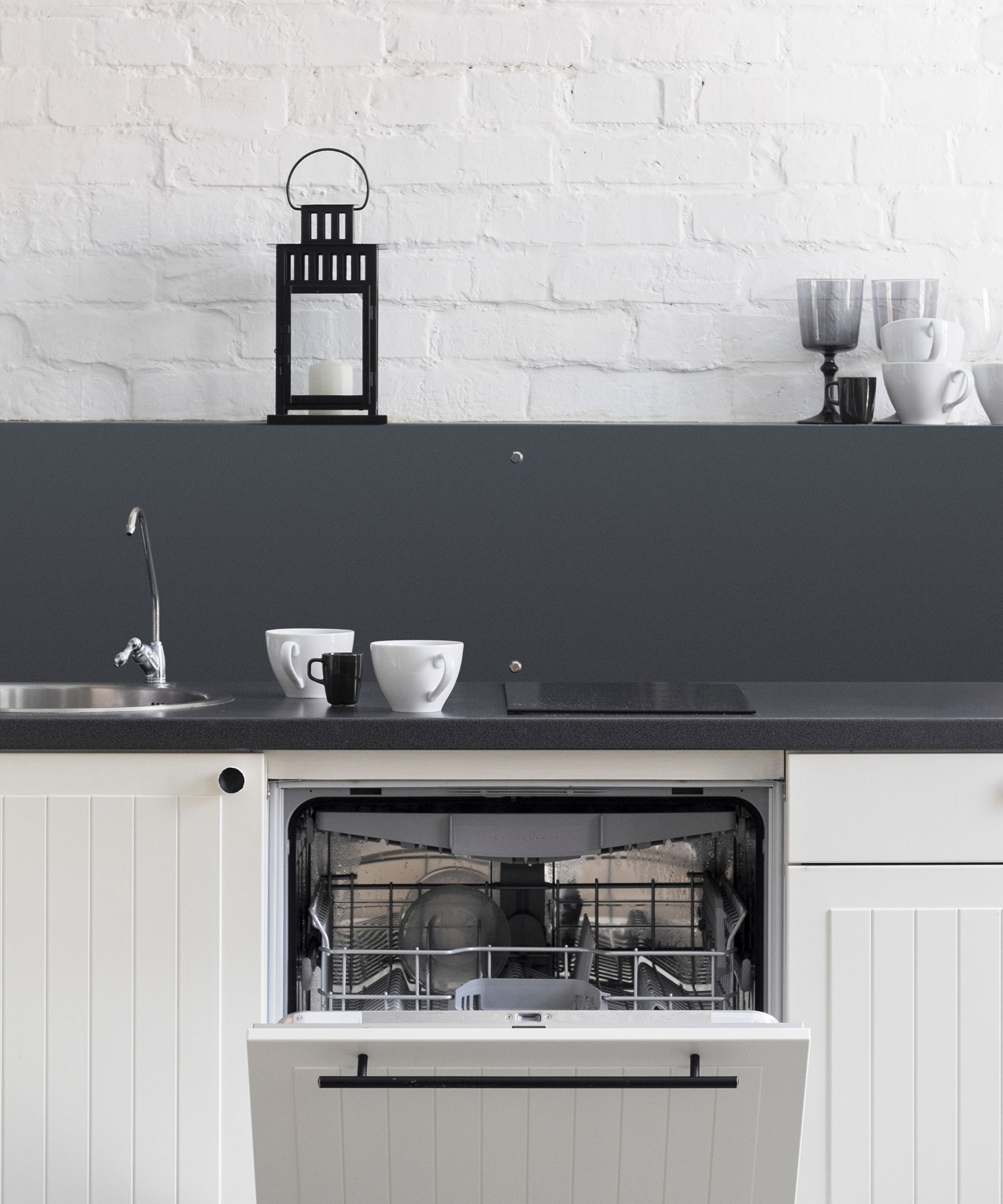
Dishwashers heat up to high temperatures to kill bacteria, ensuring a thorough clean.
Tossing your sponge into the dishwasher with your regular load helps sanitize it with hot water and detergent. The high temperatures and extended cleaning cycle ensure a deep, thorough clean, meaning you won't necessarily need to banish your kitchen sponge before its time.
Karina Toner, operations manager at Spekless Cleaning, says, 'Using the dishwasher is a convenient and effective way to sanitize your sponge. Simply place it on the top rack of your dishwasher, run a hot cycle with detergent, then let the sponge dry fully before using it again.'
Toner recommends Miele Dishwasher Detergent Tabs from Walmart, and Finish Jet-Dry Rinse Aid, also from Walmart, for a deep clean and thorough rinse cycle.
As with the microwave, avoid putting sponges with metal scrubbers in the dishwasher; this is because they can damage the appliance and could shorten your dishwasher's lifespan.
3. Soak in vinegar
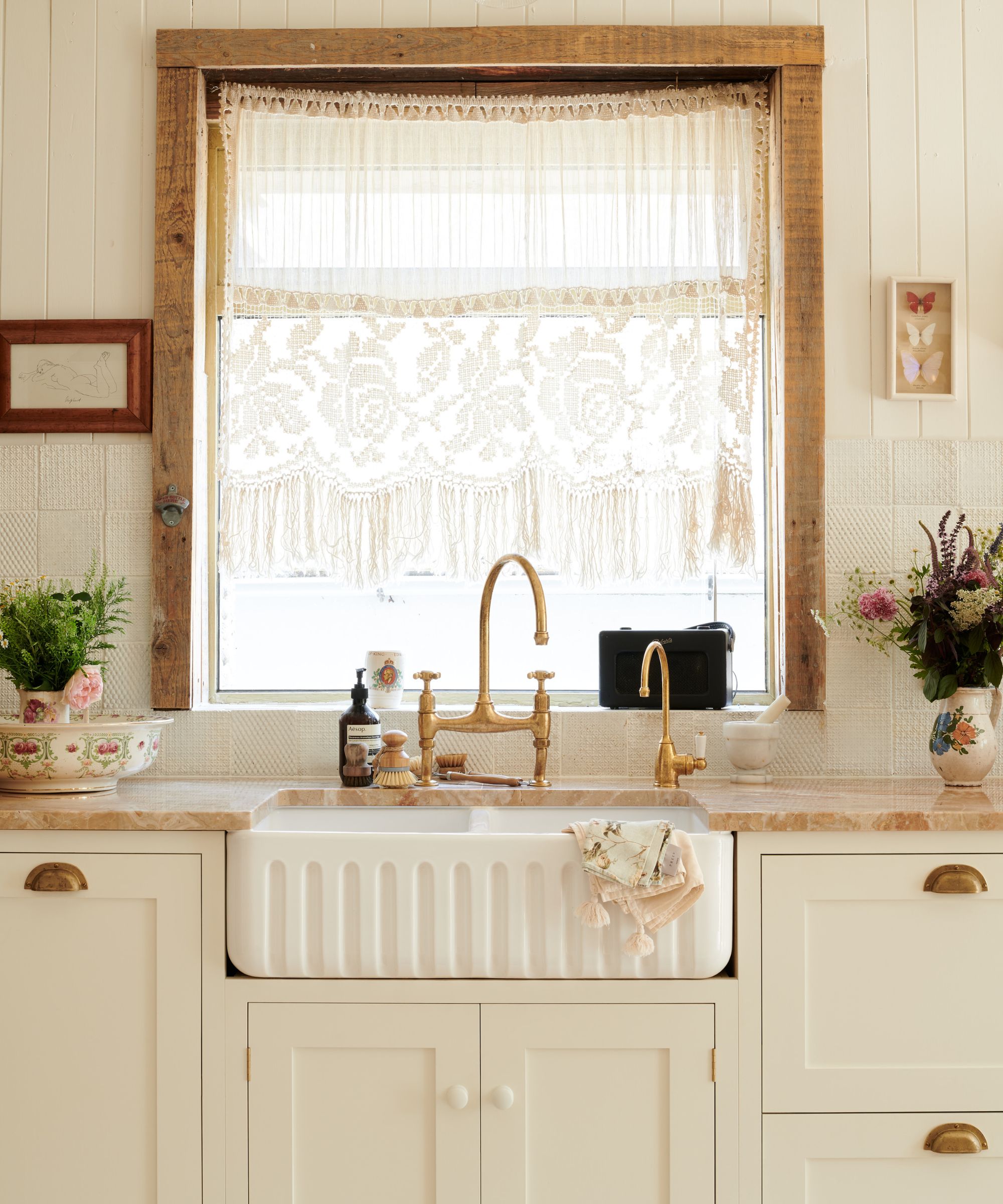
Fully submerge the sponge in a small container of vinegar before rising under running water and leaving to dry.
Vinegar is a natural disinfectant that neutralizes odors and breaks down bacteria. Soaking your sponge in a vinegar solution is a chemical-free way to keep it clean and fresh-smelling. In fact, 2020 study proved that vinegar can kill many household germs, including some strains of E. coli, proving that you don't need harsh chemicals to clean.
Wells Ye, professional cleaner and founder of Fresh Tech Maid, says, 'Vinegar functions as an eco-friendly natural agent that eliminates both bacteria and unpleasant odors from your kitchen sponge.
'Pour full-strength white vinegar into a bowl, submerge your sponge completely, and let it sit for five to 10 minutes in the mixture. Then, remove the sponge from the mixture and rinse thoroughly in warm water. Finally, squeeze your sponge and leave it to dry.'
4. Soak in bleach

Dishwashers use very hot water, helping to kill bacteria with ease.
For a powerful clean, soaking your sponge in bleach can eliminate stubborn bacteria. This method is particularly useful if your sponge has been in contact with raw meat or other hazardous substances.
Steve Evans, owner of Memphis Maids, says, 'As a strong sanitizer, bleach can prove a fast, cheap and effective solution for cleaning your kitchen sponge – especially if you don't have a dishwasher.
'Mix ½ teaspoon of bleach in four cups of boiling hot water and soak your sponges there for one minute. Rinse with hot water and allow them to dry.'
Evans recommends Clorox Germicidal Bleach Cleaner from Walmart or any bleach with 7% of higher concentration. For more tips, check out these genius ways to use oxygen bleach around your home.
Evans adds, 'Top tip: make sure your sponge is always dry when not in use. Water is what causes bacteria to grow. Also, for cleaning meat or poultry juice, use a separate sponge or disposable towels.'
5. Use boiling water
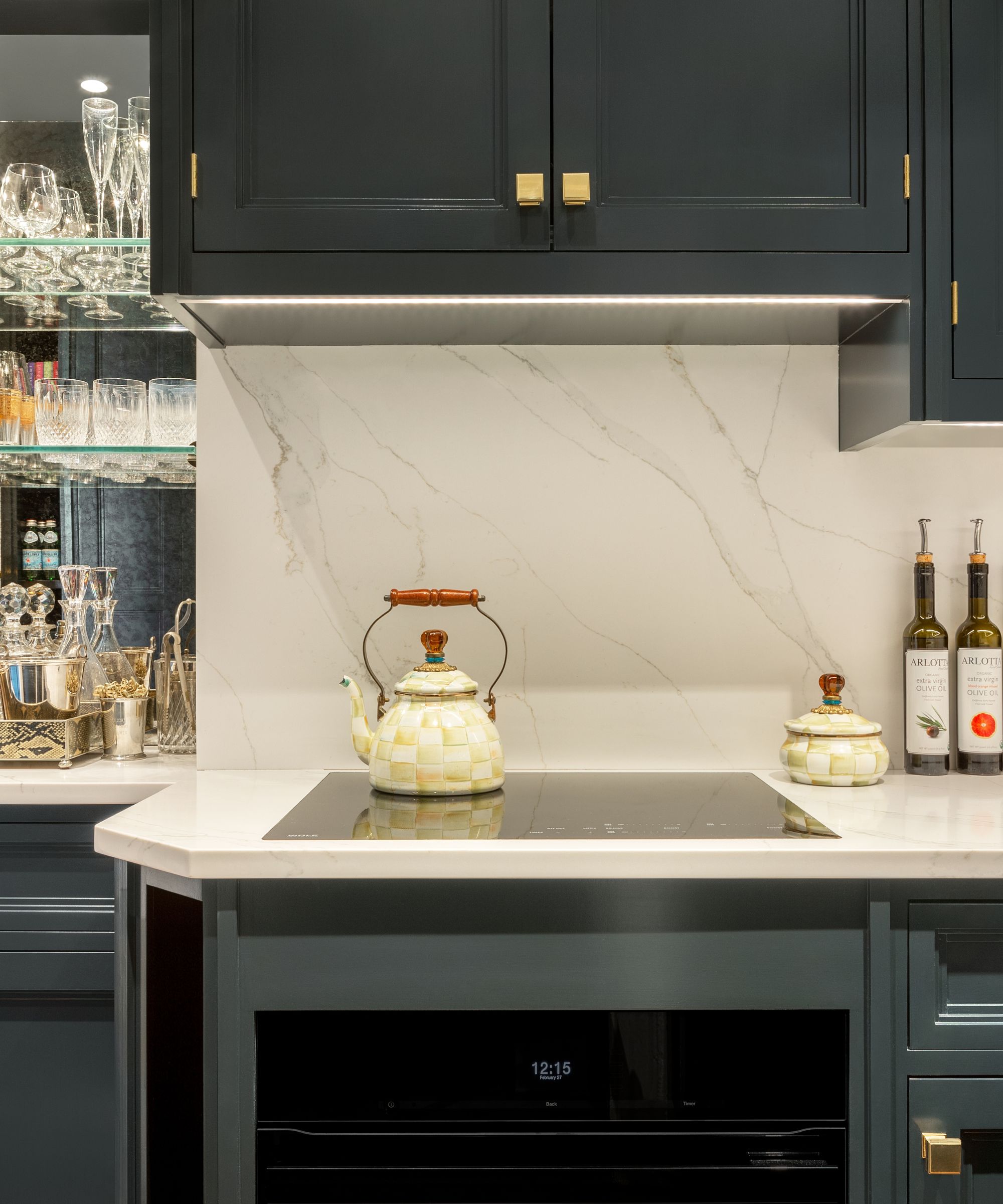
The least-toxic option on this list, boiling water kills bacteria instantly.
Boiling your sponge in hot water for a few minutes is another natural way to kill germs. The high heat penetrates deeply, ensuring bacteria are eliminated without the need for harsh chemicals.
Alex Varela, cleaning expert at Denton Maids, says, 'The best choice in my view is just soaking your kitchen sponges in boiling hot water for 60 seconds. Boiling water kills most types of bacteria present in food and your kitchen in general.'
Varela recommends this 6-pack of Scotch-Brite Heavy Duty Scrub Sponges from Target, which are two-sided so suitable for many jobs and surfaces.
Steve Evans adds, 'For extra odor-removal, add two tablespoons of OxiClean powder to your boiled water, and allow the sponges to soak for 30 minutes.'

Cleaning expert Steve Evans recommends this potent powder for removing any tough stains and stubborn smells from your kitchen sponges. Its chlorine-free, color-safe cleaning formula removes odors and stains to keep your sponges looking newer, longer.
6. Swap for silicone

Silicone sponges are an excellent alternative to traditional ones, as they don’t retain moisture or harbor bacteria as easily. They’re easy to rinse off, quick to dry, and can be sanitized in the dishwasher or with boiling water. Plus, silicone sponges are durable and long-lasting, making them an eco-friendly choice to clean your home without harming the planet.
These Spa Depot Dr. Tubbs' Spaange Silicone Scrubber Sponges, available at Walmart, are dual-sided and scratch-resistant.
Steven Ip, founder of Cleanzen Boston Cleaning Services, says, 'Whatever type of sponge you go for, always rinse after each use and let it dry thoroughly in a well-ventilated spot like a soap tray. This prevents bacterial buildup and extends the sponge’s lifespan.'
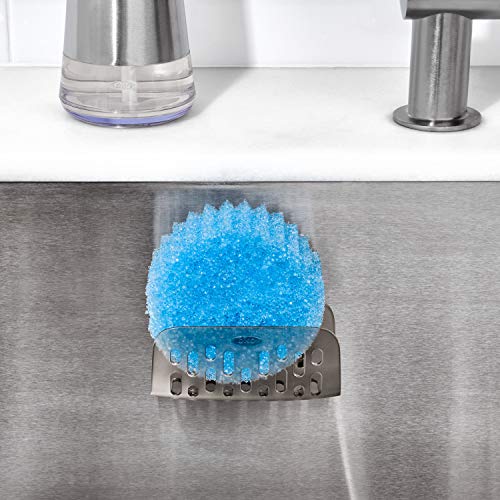
Cleaning expert Steven Ip recommends this strong-hold suction cup. Best suited to stainless steel sinks, it has drainage slots for quick drying, preventing bacteria from building on soaking sponges. The removable holder comes off the suction base and is dishwasher safe. Ip says, 'Its clever design allows for air circulation, drying the sponge and extending its lifespan.'
Meet the experts

With numerous contributions in Homes & Gardens, Real Homes, The Spruce, and many more, Karina has extensive knowledge of both commercial and residential cleaning, and knows better than anyone how to break bad housekeeping habits for good.

Expert cleaner, mother of two, and CEO of GreenTerra Cleaning, Sparkling Clean Agency & Green Living Supplies, Vanessa is also an ecological advocate within the cleaning industry and aiding immigrant families and women at risk.

Steve has overseen Memphis Maids for over a decade, making it the number one cleaning service in Memphis with a 100% satisfaction rate.
FAQs
How often should I replace my kitchen sponge?
Even with regular cleaning, it’s best to replace your sponge every one to two weeks, unless it is made from silicone. Sponges can break down over time and become less effective at cleaning, even if they appear clean. If your sponge starts to smell or fall apart, it’s time to toss it.
Are antibacterial sponges better than regular ones?
Antibacterial sponges help slow bacterial growth but still require cleaning and regular replacement. They’re treated with substances to inhibit bacteria but can still harbor germs and develop odors over time. Regardless of the type, proper maintenance is essential.
Can I use the same sponge for dishes and countertops?
It’s best to use separate sponges for dishes and countertops to prevent cross-contamination. Sponges used for raw food prep or dirty dishes can transfer bacteria to other surfaces. Consider color-coding or labeling sponges to keep them organized and hygienic.
So there you have it – six simple ways to keep your kitchen sponge clean. Whether you prefer traditional methods like microwaving and soaking or opt for modern solutions like silicone sponges, regular maintenance can prevent bacteria from spreading.
Next, check out these kitchen sink organizing rules, including where to keep your kitchen sponge, or consider switching a sponge for a Swedish dish cloth instead.
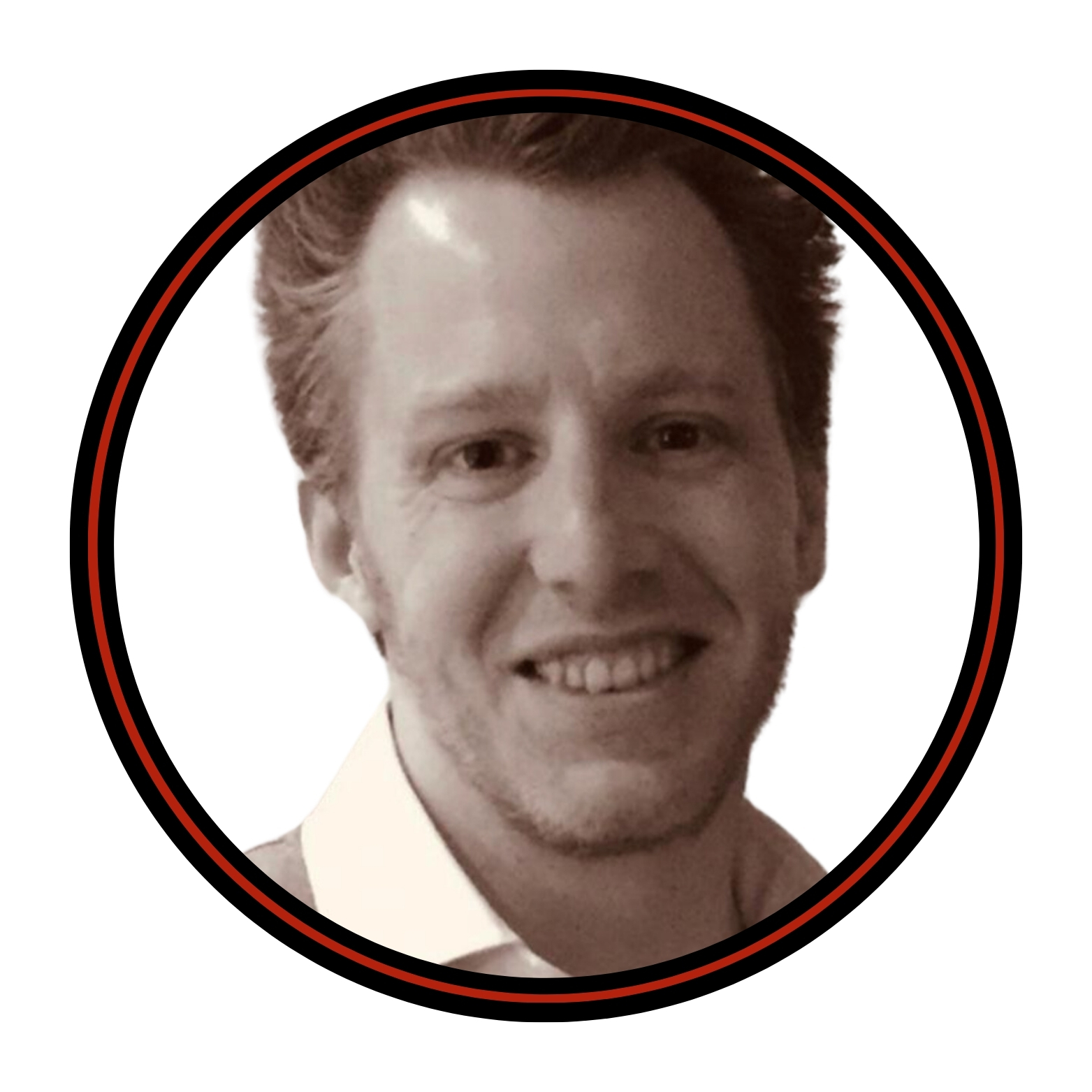
With more than a decade of experience writing news, lifestyle, consumer, and human interest articles for a wide range of national and international publications, Andy is a highly-qualified journalist writing features for the national press. From front porch to backyard, attic to basement, Andy has written about every area of the home. He specialises in bringing together the best industry expertise to answer all of your most pressing home and garden questions about seasonal and everyday cleaning, decluttering, organizing and DIY.

